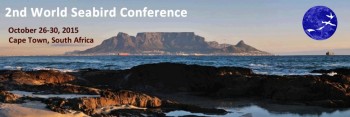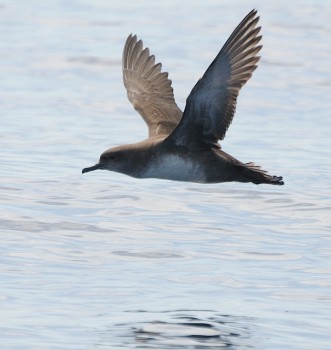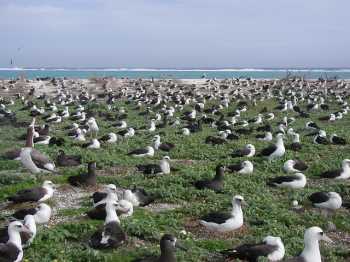The 6th International Albatross and Petrel Conference (IAPC6) will be held in Barcelona Catalonia, Spain, from 19-23 September 2016. The venue for the conference will be the historic Paranimf (Paranymph) of the University of Barcelona, right in the City Centre.
You can read the original notice in Spanish below.
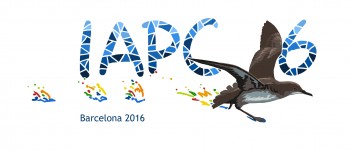
Key Dates:
Registration and Abstract Submission will open in January 2016
Abstract Submission Deadline - 1 March 2016
Travel Award Submission Deadline - 1 March 2016 (depending upon availability of funds)
Early Registration Deadline - 1 March 2016
Travel Award Recipients announced - 1 June 2016
Please circle these dates on your calendar, plan to attend and spread the word about the conference. Make sure to pre-register on the conference website to receive further announcements.
A welcome icebreaker will be held in the afternoon of 19 September. Tours and other activities will take place from 17 to 19 and from 24 to 25 September, including La Mercè Festival with its street parades, processions and papier maché giants and the Delta Birding Festival.
If you would like to support the student travel awards, you will find sponsorship opportunities on the conference website or you can contact us directly.
We look forward to seeing you in Barcelona!
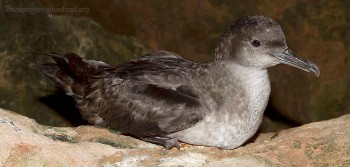
Balearic Shearwater, Spain's endemic ACAP-listed species, photograph by the Ibiza Preservation Fund
Jacob González-Solís, Raül Ramos, Gaia Dell’Ariccia, Laura Zango, Virginia Morera, Marta Cruz, Joan Ferrer & Carles Giménez, IAPC6 Local Organizing Committee, 26 October 2016
Estimados colegas,
"6th International Albatross and Petrel Conference (IAPC6)" tendrá lugar en Barcelona (Catalunya, España) del 19 al 23 de septiembre de
2016. Marcad esta fecha en vuestros calendarios, asistid al congreso y difundid el mensaje entre todos los que pueden estar interesados!
El registro y envío de resúmenes estarán disponibles en el portal del congreso el próximo mes de enero (http://iapc6.info). El congreso se
celebrará en el "Paranimf de la Universitat de Barcelona", en el centro de la ciudad. La recepción e inscripciones tendrán lugar el 19
de septiembre por la tarde. Excursiones y otras actividades se realizarán durante los días del 17 al 19 y del 24 al 25 de
septiembre, incluyendo el festival del a ciudad de "La Mercè" y el "Delta Birding Festival". Si pensáis que podrías apoyar el programa
de becas de viaje para estudiantes, encontrareis distintas formas de esponsorización en el portal del congreso o poneros en contacto con
nosotros directamente
Fechas clave:
-Fecha límite para el envío de resúmenes: 1 de marzo de 2016
-Fecha límite para la petición de becas para estudiantes: 1 de marzo de 2016 (en función de la disponibilidad de fondos) -Fecha límite
para el registro a precio reducido: 1 de marzo 2016 -Anuncio de los estudiantes ganadores de las becas de viaje: 1 de junio de 2016
Si deseáis recibir información actualizada sobre el congreso por favor pre-registraros en el portal del congreso. Para más información
podéis visitar el portal http://iapc6.info
Esperamos veros a todos en Barcelona!
El comité local organizador:
Jacob González-Solís, Raül Ramos, Gaia Dell´Ariccia, Laura Zango, Virginia Morera, Marta Cruz, Joan Ferrer and Carles Giménez.
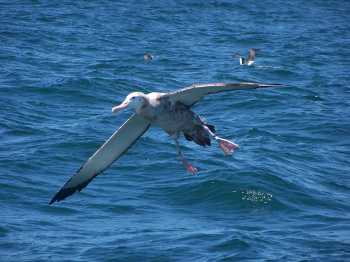

 English
English  Français
Français  Español
Español 